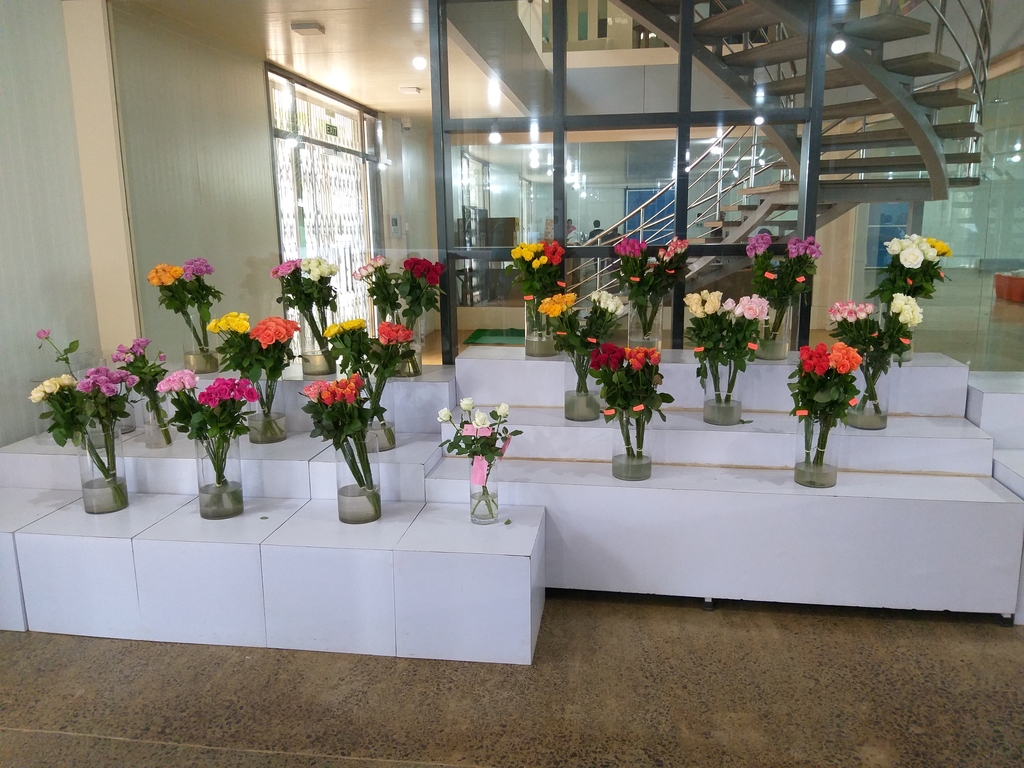A Pillar of Our Consultancy: The Plants First Cultivation Practices
There is significant potential to enhance horticulture and floriculture production through the adoption of advanced cultivation procedures and precise implementation.
The "Plants First" Cultivation Practises maximizes production by establishing and maintaining optimal growth conditions for plants while minimizing negative environmental impact.
This technique leverages the findings of scientific research, cutting-edge technologies, and innovative practices. It incorporates key principles of Integrated Pest Management (IPM), organic cultivation, and Global Good Agricultural Practices (GGAP). Our cultivation guidelines serve as the foundation for effective crop management and act as a decision-making tool for technology investments, as enhanced control broadens the scope for improvements.
Plants First World-Wide
In 2001, coinciding with the establishment of Bangalore Plants First, we conceptualized our cultivation guidelines based on plant physiology and growing conditions. This concept was initially published in International Floriculture's "FlowerTech" (Reed) in 2001, vol. 4, no. 6. It was specifically designed for greenhouses in subtropical and tropical climates with facilities and equipment offering limited control capabilities. As such it was discussed on the International Floriculture Conference(2000) in Nairobi (Kenya) with a large group of highly professional growers.
This approach aligns with the 'New Generation Growing' cultivation strategy developed somewhat later in The Netherlands. Moreover it aligns with the principles of Precision Horticulture.

Scientific research and testing for optimal plant cultivation
The 'Plants First' Cultivation Guidelines: Prioritizing Plants’ Needs
By placing the plant at the centre of our focus and providing the most favorable conditions from its perspective, plants will achieve their maximum growth and production potential.
A fundamental principle is to ensure stomata remain open for the longest possible duration, particularly during periods of Photosynthetically Active Radiation (PAR) light.
The underlying concept extends beyond simply following standard cultural practices; it represents a fundamental shift in mindset.
Continuously observing the crop (plant morphology provides valuable information) and effectively managing environmental conditions depend on growers’ experience, awareness, understanding, skills, and the available resources (equipment and facilities). This is a dynamic process that adapts to the crop's development stage and prevailing conditions. Ongoing collection of data of crop development and cultivation conditions, makes comparing and analysing of cultivation cycles possible.
The Three Fundamental Elements of Cultivation
The three fundamental elements of cultivation encompass the plant's biological activities and functions, the surrounding environment, and the applied inputs.
Effective cultivation procedures involve the careful management of several key components:
-
 Soil / Growing Medium
Soil / Growing Medium
-
 Cliamte Control
Cliamte Control
-
 Crop Handling Practices
Crop Handling Practices
-
 Plan Density
Plan Density
-
 Pest and Disease Management
Pest and Disease Management
-
 Irrigation Strategies
Irrigation Strategies
-
 Fertilization Programs
Fertilization Programs
-
 Harvesting Techniques and Post-Harvest Handling
Harvesting Techniques and Post-Harvest Handling
We at Bangalore Plants First can provide you with comprehensive details and practical implementation for this all-encompassing cultivation method.